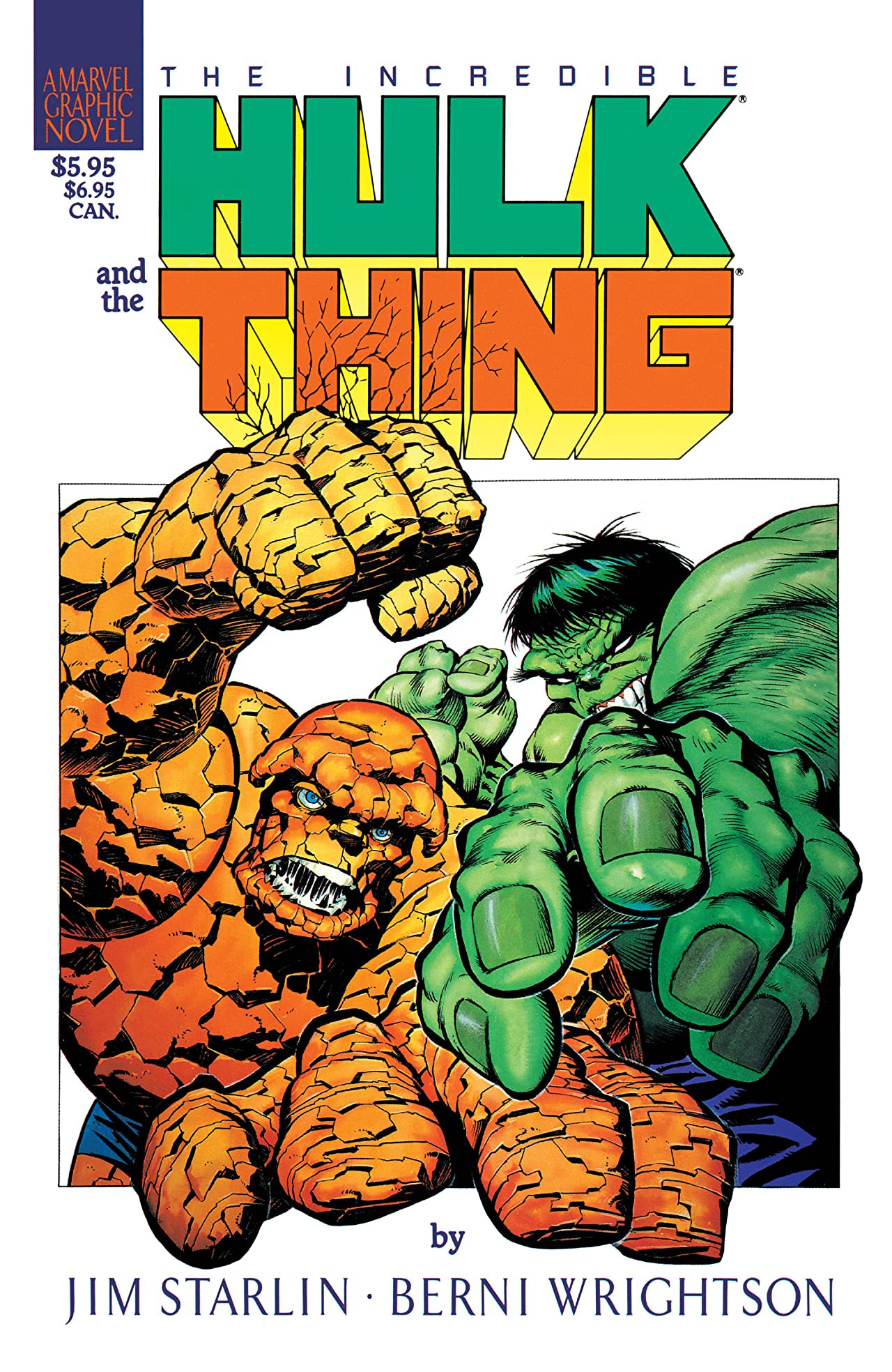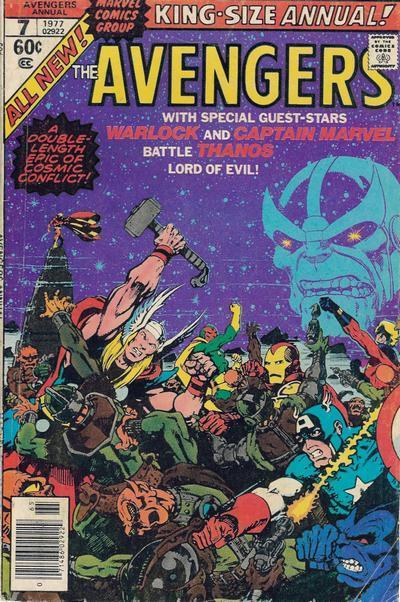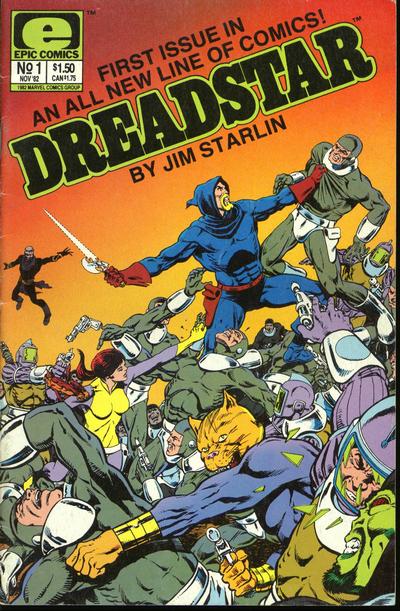
5. The Big Change (1987)
Years after he led the charge in the area of original graphic novels (i.e., long-form stories published in a single bound, oversized volume—not what passes for GNs today, which are just bound reprints), Starlin teamed up with the great Berni Wrightson for a 1987 story about the Thing and Hulk being offered two wishes if they save the recipe for a nutritional aid that has been stolen by a big monster. Seriously. That was the story. It was pure gold.
4. Batman: A Death in the Family (1988)
I know there are many who hate these four issues, in which Jason Todd gets brained by Joker, but I’m not one of them. I bought them by accident, as a matter of fact. I was 18 years old in 1988, and my interest in comic books was beginning to wane. This helped revive it.

3. Avengers Annual #7/Marvel Two-in-One Annual #2 (1977)
Back in the days when annuals “mattered,” Jim Starlin wrote and drew this two-parter (both double-sized issues to boot) that brought Adam Warlock and the Marvel “cosmic” line directly in the path of two of its most mainstream books. The hilarity includes Thanos, six fugazi Soul Gems, Spider-Man, and a plan to invade and destroy Earth. Sound familiar? Well, this was the first time Thanos did something like this. And it’s the story where Thanos got turned to living stone and Warlock “died” by becoming one with the Soul Gem.

2. Dreadstar #1-31 (1982)
Jim Starlin devoted almost a decade of his life to the character Vanth Dreadstar, and it’s hard to pick just a few issues or a single arc that represents the series. But for me, it was the entire numbered run under Marvel’s “Epic” imprint that sold me on the character. The graphic novel and the stories in the Epic magazine were also very good, but these thirty-one issues stand alone as my favorite space/sci fi epic of all time. Yes, that includes Star Wars. Dreadstar was a space pirate with a lazer sword and a blue hoodie who ran around the universe with a hot ginger telepath, a cybersorcerer, a cat man, a monkey, and other side characters—all of whom were fully realized, fleshed out and believable. The story was simple: Rebels against authority. But the tales themselves were ahead of their time both in terms of the level of violence and, of course, the magnificent art. This was one of the few books I was happy to pay extra money for the glossy paper, and I’d run the comic store when the new issue came out—often buying several copies so I could hang the beautiful covers on my wall. I even got a letter printed in it once!
One of my favorite comic books of all time. Period.
The only reason it doesn’t rate as #1 on this list is because it didn’t have the same lasting impact as some of the higher-rated entries…But if you’re going purely by its impact on me personally, this is #1.
1. The Death of Captain Marvel (1982)

There’s a reason why this book, created entirely by Starlin, is the obvious choice for the top of this list: It’s brilliant. It’s the first time, and practically the only time, that a superhero comic has dealt with death in an intimate, decompressed, mature manner.
It also launched the “Original Graphic Novel,” a precursor to bound trade paperbacks, and a format that Marvel and DC have recently unearthed in an attempt to reach folks who don’t read floppies but might be interested in comic books.
The thing was, though, that Starlin’s book was different: It wasn’t a “regular” comic book story. It deserved an oversized, standout format. It was an “event” in a time when events could be judged on content, not on a gimmicky, temporary change to the status quo.
It is one of those books that elevates the art form, and should be discussed in the same conversation as Watchmen, Dark Knight Returns, Maus, and all those other “important” works held up as the pinnacle of this medium. And yet, it is too often overlooked.
Plus: He’s actually stayed dead. He was a major, fan-favorite character who has never been revived. Who else can we say that about?
